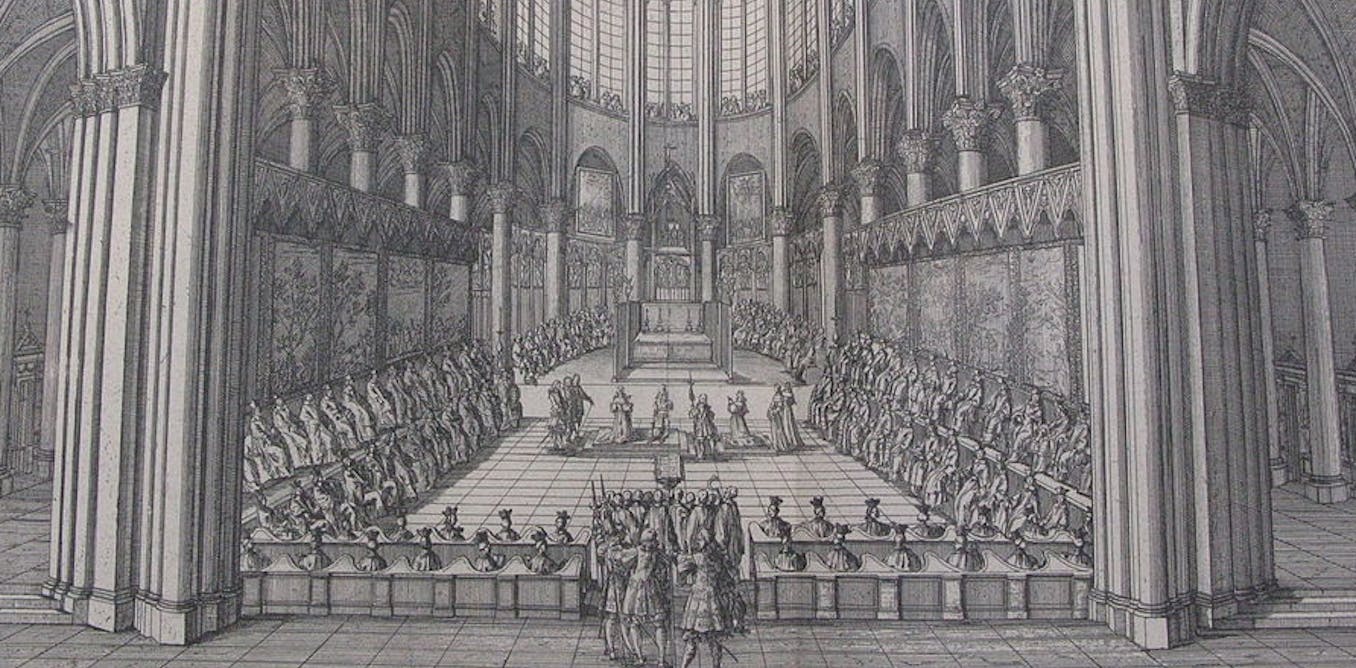- Feb 5, 2002
- 166,339
- 56,050
- Country
- United States
- Faith
- Catholic
- Marital Status
- Married
- Politics
- US-Others
President Abraham Lincoln instituted the celebration of Thanksgiving as a national holiday in 1863 after the Union victory at the battle of Gettysburg, during the American Civil War. It was not a new idea – in 1789, President George Washington had proposed a yearly presidential proclamation of each annual Thanksgiving holiday, but President Thomas Jefferson refused to issue one after he was elected, as he considered it a religious event. Later presidents followed his example, and the holiday was effectively discontinued on the national level until Lincoln’s declaration.
Today, Thanksgiving Day has come to be celebrated every year on the fourth Thursday of November. As a specialist in Catholic history and worship, I am aware that behind the history and legend of the first Thanksgiving lies a rich story that illuminates the medieval Christian roots of the holiday.
Medieval Catholic liturgy
Since the beginning of Christianity, the Eucharist, also called Holy Communion or the Lord’s Supper, has been the primary worship service for Christians all over the world. The name itself comes from the ancient Greek word for thanksgiving, “eucharistia,” although in part of the New Testament it is also called “the breaking of bread.”
The service came to be called the Mass in Western Europe, derived from the Latin dismissal rite at the conclusion of the ceremony: Ite missa est – “Go, it is the dismissal.” The term is still used by Roman Catholics today.
Continued below.

 theconversation.com
theconversation.com
Today, Thanksgiving Day has come to be celebrated every year on the fourth Thursday of November. As a specialist in Catholic history and worship, I am aware that behind the history and legend of the first Thanksgiving lies a rich story that illuminates the medieval Christian roots of the holiday.
Medieval Catholic liturgy
Since the beginning of Christianity, the Eucharist, also called Holy Communion or the Lord’s Supper, has been the primary worship service for Christians all over the world. The name itself comes from the ancient Greek word for thanksgiving, “eucharistia,” although in part of the New Testament it is also called “the breaking of bread.”
The service came to be called the Mass in Western Europe, derived from the Latin dismissal rite at the conclusion of the ceremony: Ite missa est – “Go, it is the dismissal.” The term is still used by Roman Catholics today.
Continued below.

How medieval Catholic traditions of thanksgiving prayers and feasting shaped the Protestant celebration of Plymouth’s pilgrims
The Pilgrims who started the first Thanksgiving tradition after they landed in Plymouth were following the customs they had grown up with, originating in medieval times.
 theconversation.com
theconversation.com
